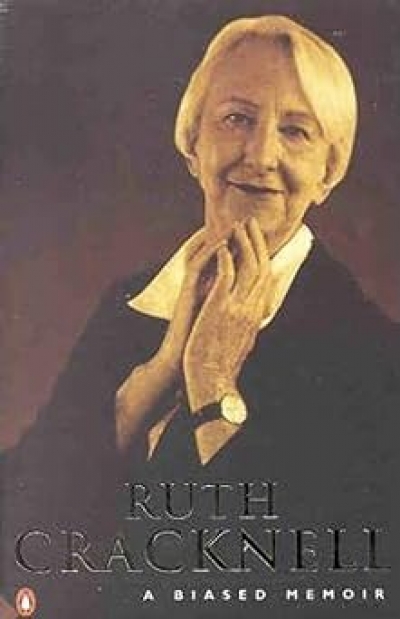Biography
South of My Days: A Biography of Judith Wright by Veronica Brady
by Andrew Riemer •
John Howard: Prime Minister by David Barnett and Pru Goward
by Joe Rich •
Imants Tillers and the Book of Power by Wystan Curnow
by Edward Colless •
Frank Wilmot edited by Philip Mead & Frank Wilmot by Hugh Andersen
by Chris Wallace-Crabbe •
Once an Australian: Journeys with Barry Humphries, Clive James, Germaine Greer and Robert Hughes edited by Ian Britain
by Philippa Hawker •
Emerarra: A Man of Merarra by Morndi Munro/Mary Anne Jebb
by Rosemary O’Grady •
Gallienus by John Bray & A Portrait of John Bray edited by Wilfred Prest
by Alex Castles •










